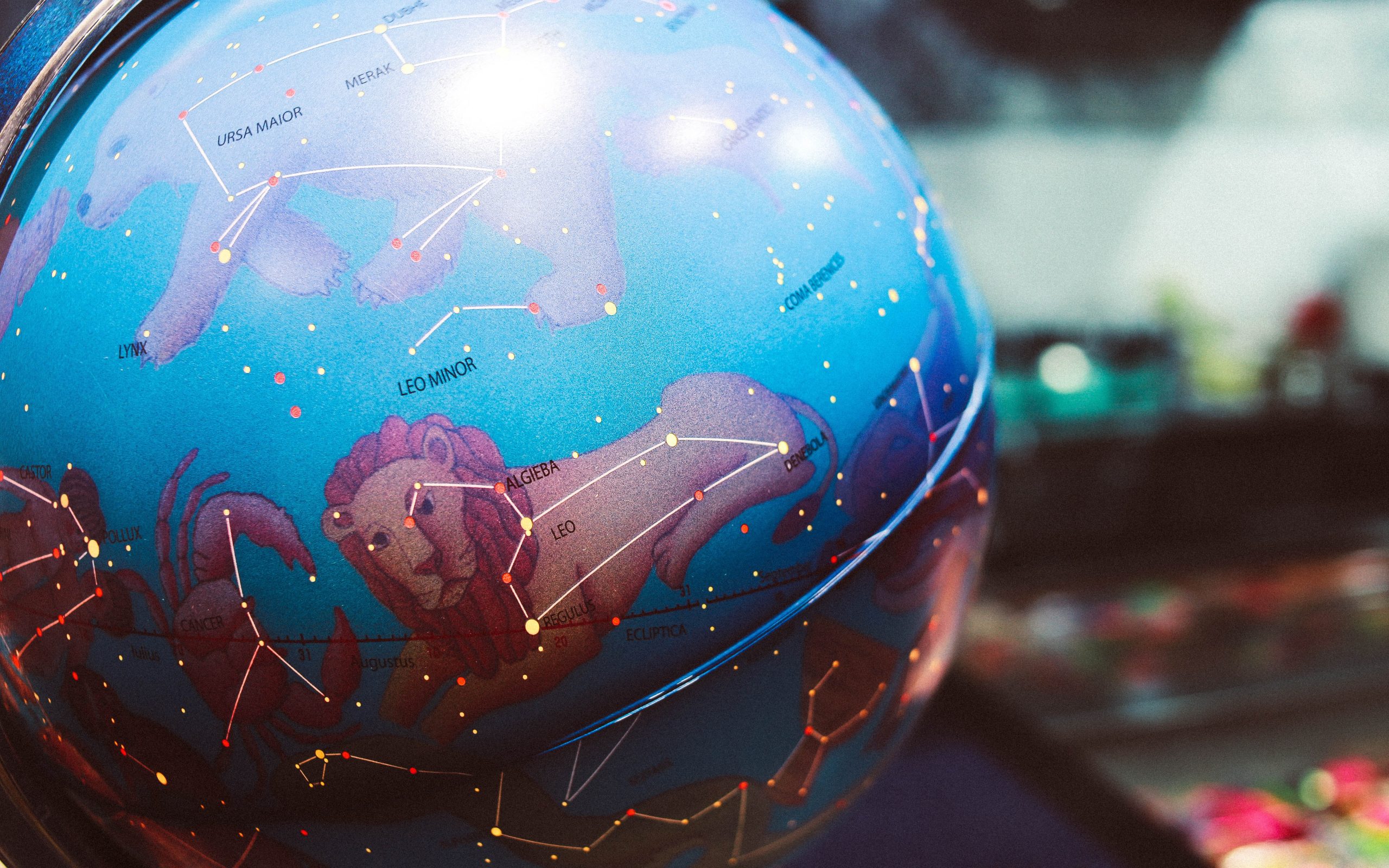Understanding the Phases of the Moon: A Comprehensive Guide
Introduction
The mesmerizing sight of the moon has captivated humans throughout history. Its ever-changing appearance, known as moon phases, has intrigued and inspired us. As the moon alternates between different shapes, it goes through a cycle known as the lunar cycle. In this article, we will delve into the fascinating world of moon phases, exploring their causes, types, and cultural significance.
The Lunar Cycle: How It Works
Before we dive into moon phases, let’s understand the lunar cycle. The lunar cycle refers to the time it takes for the moon to complete one orbit around the Earth, approximately 29.5 days. This cycle is divided into eight distinct phases.
| Phase | Duration | Description |
|---|---|---|
| New Moon | Approximately 1-3 days | The moon is not visible from Earth as it is positioned between the Earth and the sun. |
| Waxing Crescent | Approximately 3-7 days | A small sliver of the moon becomes visible, resembling a crescent shape. |
| First Quarter | Approximately 7-10 days | Exactly half of the moon is visible from Earth, and it is known as the “first quarter” because it occurs at the one-quarter point of the lunar cycle. |
| Waxing Gibbous | Approximately 10-14 days | The moon continues to grow in size, with a majority of its surface illuminated. |
| Full Moon | Approximately 14-17 days | The entire face of the moon is visible from Earth, appearing as a complete circle. |
| Waning Gibbous | Approximately 17-21 days | The moon begins to shrink in size, and its illuminated surface decreases. |
| Third Quarter | Approximately 21-24 days | Similar to the first quarter, exactly half of the moon is visible, but on the opposite side from the first quarter. |
| Waning Crescent | Approximately 24-28 days | A small sliver of the moon becomes visible again, but on the opposite side from the waxing crescent. |
The Science Behind Moon Phases
The primary factor influencing moon phases is the relative positions of the Earth, moon, and sun. The sun always illuminates half of the moon, but we perceive different portions depending on the moon’s position in its orbit.
When the moon is between the Earth and the sun during a new moon phase, its illuminated side faces away from us, resulting in a moon we cannot see. As the moon moves along its orbit, we start to observe a small crescent shape during the waxing crescent phase. The illuminated portion gradually increases until we reach the full moon phase.
After the full moon, the moon starts moving back towards the new moon phase, and the illuminated portion gradually decreases. This waning process marks the second half of the lunar cycle.
It is important to note that the moon’s orbit isn’t perfectly aligned with the Earth’s orbit around the sun, which is why we don’t experience a solar eclipse during every new moon or a lunar eclipse during every full moon. When the three celestial bodies align precisely, these exceptional events occur.
Moon Phases and Cultural Significance
Moon phases have captivated human civilization for millennia. Various cultures and religions have attached symbolic and cultural significance to these phases, resulting in diverse beliefs and practices.
The ancient Greeks and Romans, for instance, associated the lunar cycle with agricultural patterns, using moon phases to determine the best times for planting and harvesting. Some Native American tribes also based their calendars on the moon’s phases, with each full moon having a unique name, such as the Harvest Moon or the Wolf Moon.
Beyond agriculture, moon phases hold great spiritual and religious importance. Many religions, including Buddhism and Hinduism, incorporate lunar cycles into their rituals and celebrations. In addition, some cultures believe that different moon phases influence human emotions and behavior.
Observable Effects of Moon Phases
While the cultural significance of moon phases remains subjective, there are several observable effects associated with them.
- Tides: The gravitational interaction between the moon and Earth’s oceans gives rise to tides. The moon’s gravitational pull is stronger when it aligns with the sun (new moon) and when it is opposite the sun (full moon), leading to higher tidal ranges known as spring tides. Conversely, when the moon is in its first or third quarter, the gravitational forces partially counteract each other, resulting in smaller tidal ranges called neap tides.
- Animal Behavior: Some research suggests that animals, particularly nocturnal ones, exhibit behavioral changes during certain moon phases. This includes altered feeding patterns, mating behaviors, and migration.
- Visual Astronomy: Moon phases influence stargazing conditions. During a new moon, when there is minimal moonlight, the sky is darker, allowing for better visibility of stars and faint objects such as galaxies or nebulae.
Conclusion
Moon phases, stemming from the moon’s position relative to the sun and Earth, have captivated humanity since ancient times. Understanding the eight phases of the lunar cycle provides insight into the celestial mechanics at play. Additionally, moon phases hold cultural and spiritual significance across various civilizations. From influencing agricultural practices to affecting tides and animal behavior, the moon has a profound impact on our lives. By appreciating and exploring the moon’s ever-changing beauty, we connect with the vast universe beyond our own planet.
Table of Contents
